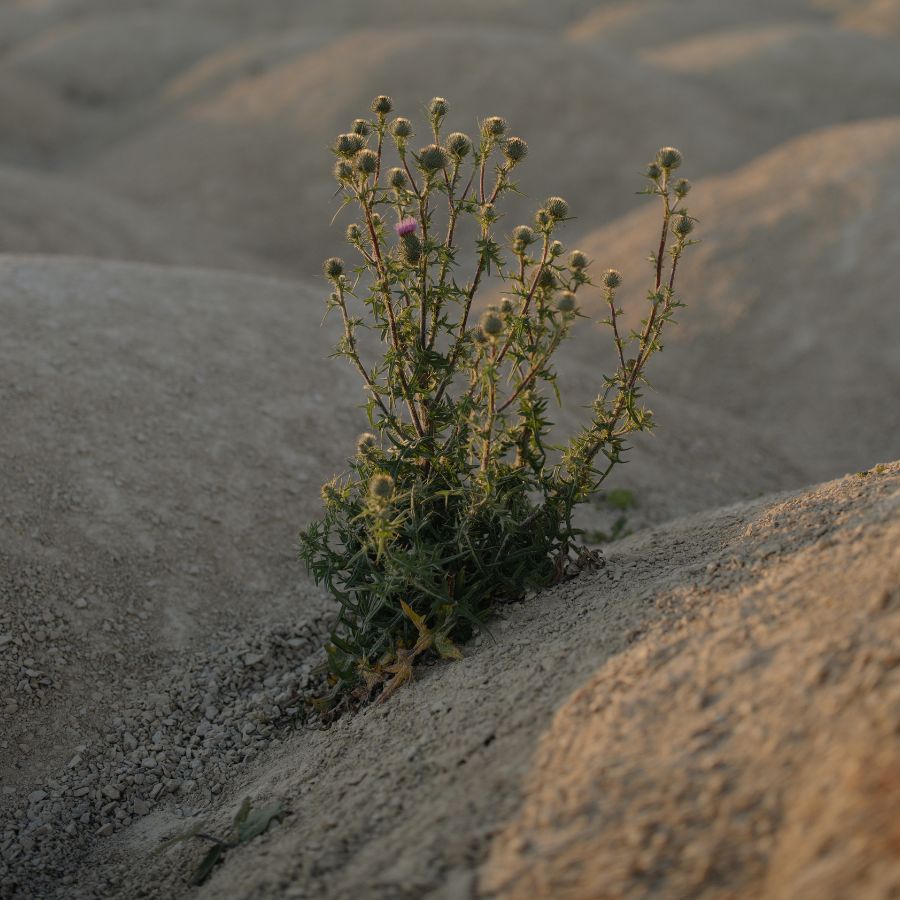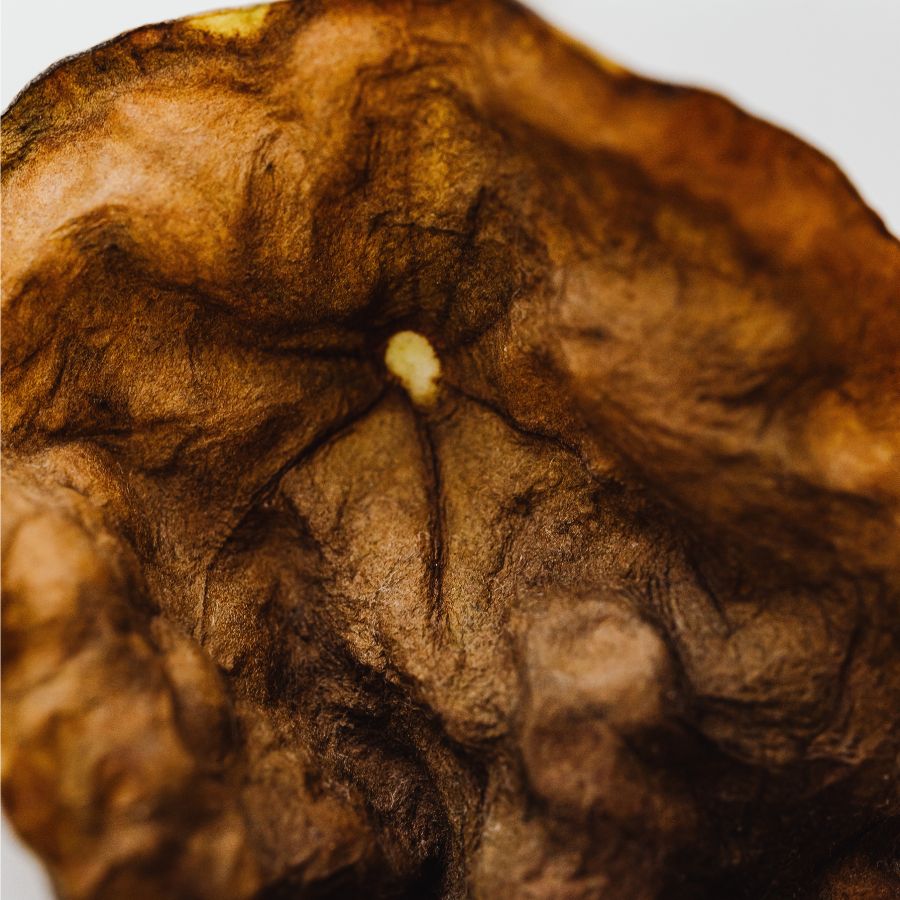Diagnose Your Plant Problems
The Reasons Why Your Plant is Wilting
It can be frustrating to see wilting plant leaves, especially when you take special care to make sure it has what it needs. No matter how attentive you are, problems can still sneak in and cause stress to your plant. Here are some possible reasons behind your wilting plant leaves, and some simple solutions to try to fix the problem.
Wilting Plant Leaves Reasons
Dry Soil
Underwatering is definitely the most common reason for wilting plant leaves. When your plant doesn’t get enough water, it can absorb nutrients in the soil and its cells are depleted of water volume. This leads to dry, wilting plant leaves that will eventually die off if the watering situation isn’t corrected.
The best way to confirm this is to check the moisture level of the soil. Be sure to check the soil at the plant’s root level, not just the surface. If the soil is dry, give the plant a good watering, making sure that moisture reaches the roots.

Overwatering
On the other side of things, too much water can also cause a plant to wilt. The major difference here is that in an overwatered plant, the leaves are droopy and soft, rather than crumbly and dry to the touch.
If your plant’s leaves are droopy and soft, help the excess moisture evaporate by placing the plant in the sun if possible, and breaking up the soil a bit to allow air to circulate.
Learn more about overwatering vs underwatering here.
Too Hot
Too much sun exposure and dry, hot weather causes moisture to evaporate to fast, and the water can’t be replaced in time.
Check the sun requirements for the plant, and if it seems that they might be exposed to too much light and heat, that might explain the wilting plant leaves. Consider moving the plant or providing shade with a lawn ornament or vertical garden. Or, you might try a shader for vegetable gardens. These are also great to keeping pests away from your produce.
Not Enough Sunlight
While too much sun can cause plants to wilt, the same goes with inadequate sunlight. This is more common with houseplants, especially during the winter season when sun exposure is especially limited.
Besides wilting, another sign that your plant might not be getting enough sun is a “leggy” appearance where their stems grow too tall and the plants start to lean over. This is more common in seedlings than established plants, and it’s important to correct the sun exposure otherwise your seedlings won’t survive very long.
Check your plant’s sun requirements and try moving the plant to a sunnier location if light exposure seems to be the problem. For indoor plants or seedlings, you could try a grow light. These are very effective, especially during the cold seasons.
Over Fertilizing
As we all know, too much of a good thing is ultimately a bad thing. This goes for plant fertilizer as well. One of the most common problems associated with excessive nutrient supplementation is fertilizer burn. Fertilizer is mostly composed of soluble salts, and too much salt causes imbalances in both the soil and the plant.
If you are worried that over fertilizing is the problem, there are a couple of things you can do. For houseplants, try flushing the soil with water a few times to wash out the excessive fertilizer. For outdoor plants, you might consider removing some of the topsoil, replacing it with unfertilized soil, and watering to try to flush out the fertilizer.
Rootbound Plant
This problem is typically seen only in container grown plants. As a plant grows, its roots grow as well, taking up more space in the container or pot. When the roots are competing for nutrients and water, the rest of the plant suffers as well.
Check your plant’s roots to make sure they aren’t crowded. If this is the case, relocate it to a larger pot or container. It might be a good idea to check your plant’s roots on a yearly basis to get ahead of this problem.
Plant Disease
If none of these other issues seem to be at the root of the problem, your plant may be suffering from a disease. Sometimes, there are other clues, like mold in the soil or root rot. If you aren’t sure, you can try transplanting to a new location with clean soil and using a disease control product.
Learn more about different plant diseases here.

